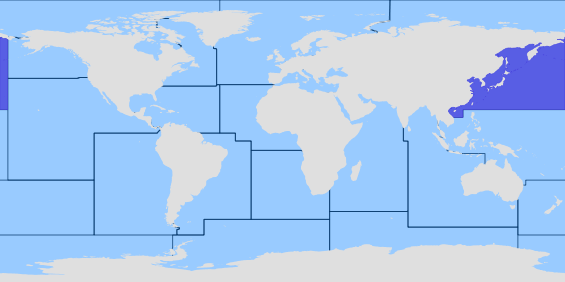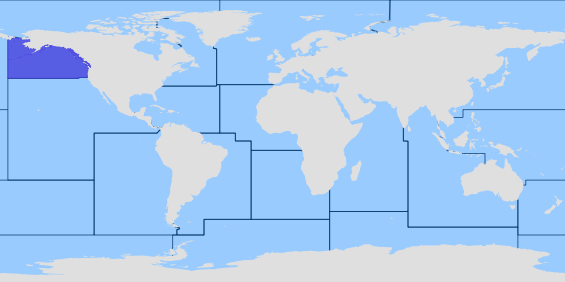angielskiKnown as "king", "rose", or "hump", it is superficially similar to P. danae except that it is blotched, redder in color and larger. As in P. danae the body is stout and the shell hard, but the surface is smooth and the carapace strongly arched dorsally. There are 17 to 22 dorsal spines which occupy the anterior three fifths of the carapace and extend an equal distance on the rostrum. The distal portion of the rostrum is strongly ascending and unarmed, except at the tip, which is oblique and armed with three immovable spines.
Zobacz tłumaczenie
Przetłumaczone z angielski przez BING
Niniejsze tłumaczenie ma charakter czysto wskazujący: z uwagi na ograniczoną jakość tekstu źródłowego, opisy morfologiczne są dostępne tylko w języku angielskim w wersji beta systemu. Informacje w innych językach zostaną udostępnione w kolejnych wersjach.
polskiZnany jako "Król", "róża" lub "garb", to powierzchownie podobne do P. danae , chyba że jest szpadlu, czerwone w kolorze i większe. Jak w P. danae ciała jest gruby i twardy powłoki, ale powierzchnia jest gładka i pancerza, mocno wygięta po stronie grzbietowej. Istnieje 17 do 22 grzbietowych, które zajmują przedniej trzech piątych pancerza i rozciągać się w równych odległościach na trybuny. Dystalnej części trybuny jest silnie rosnący i nieuzbrojonych, z wyjątkiem w cynk, który jest skośny i uzbrojony w trzech nieruchomości kolce.
 Obraz niedostępny
Obraz niedostępny




